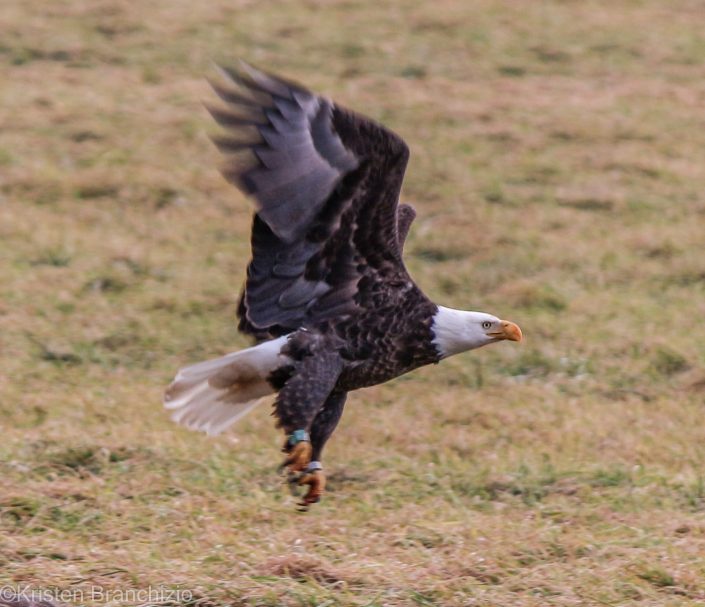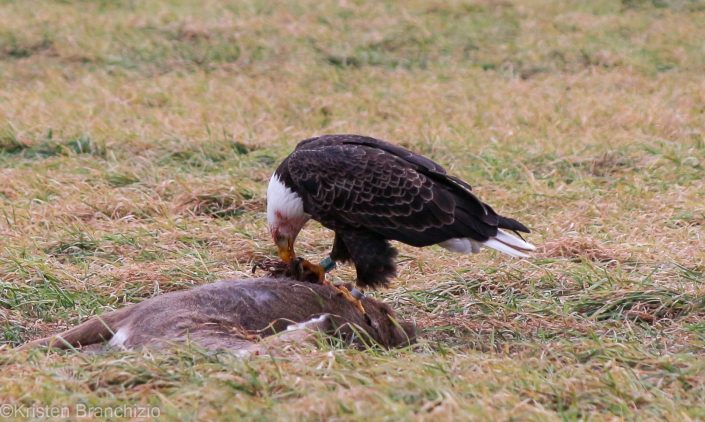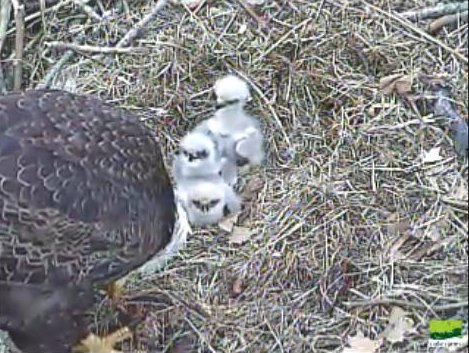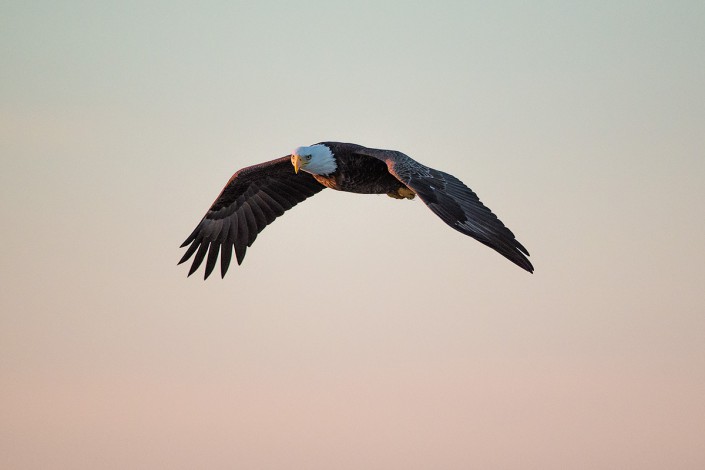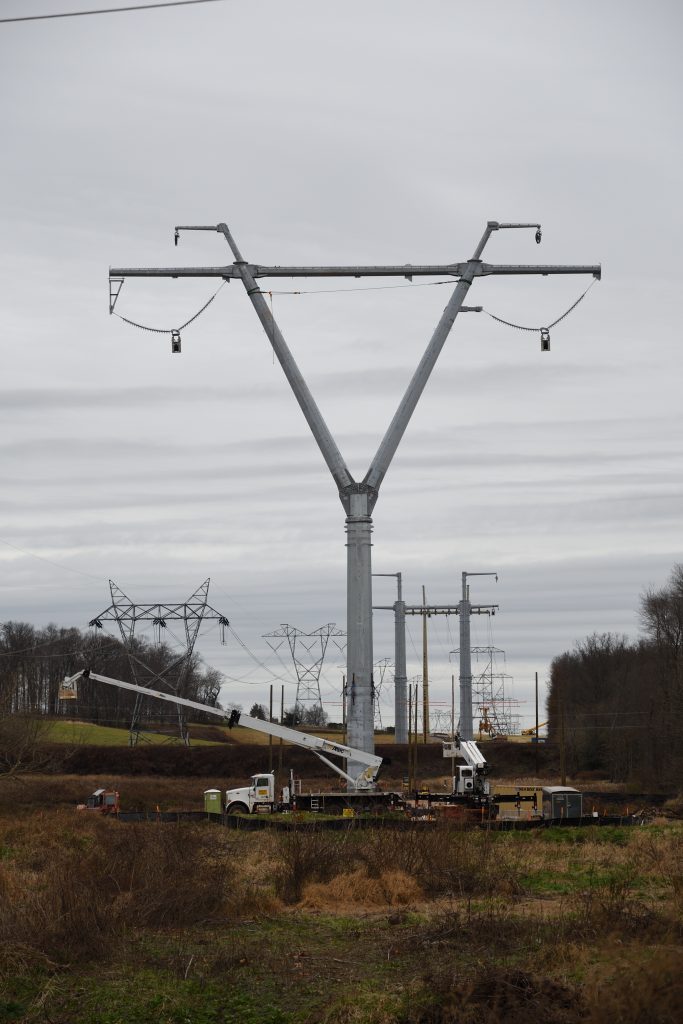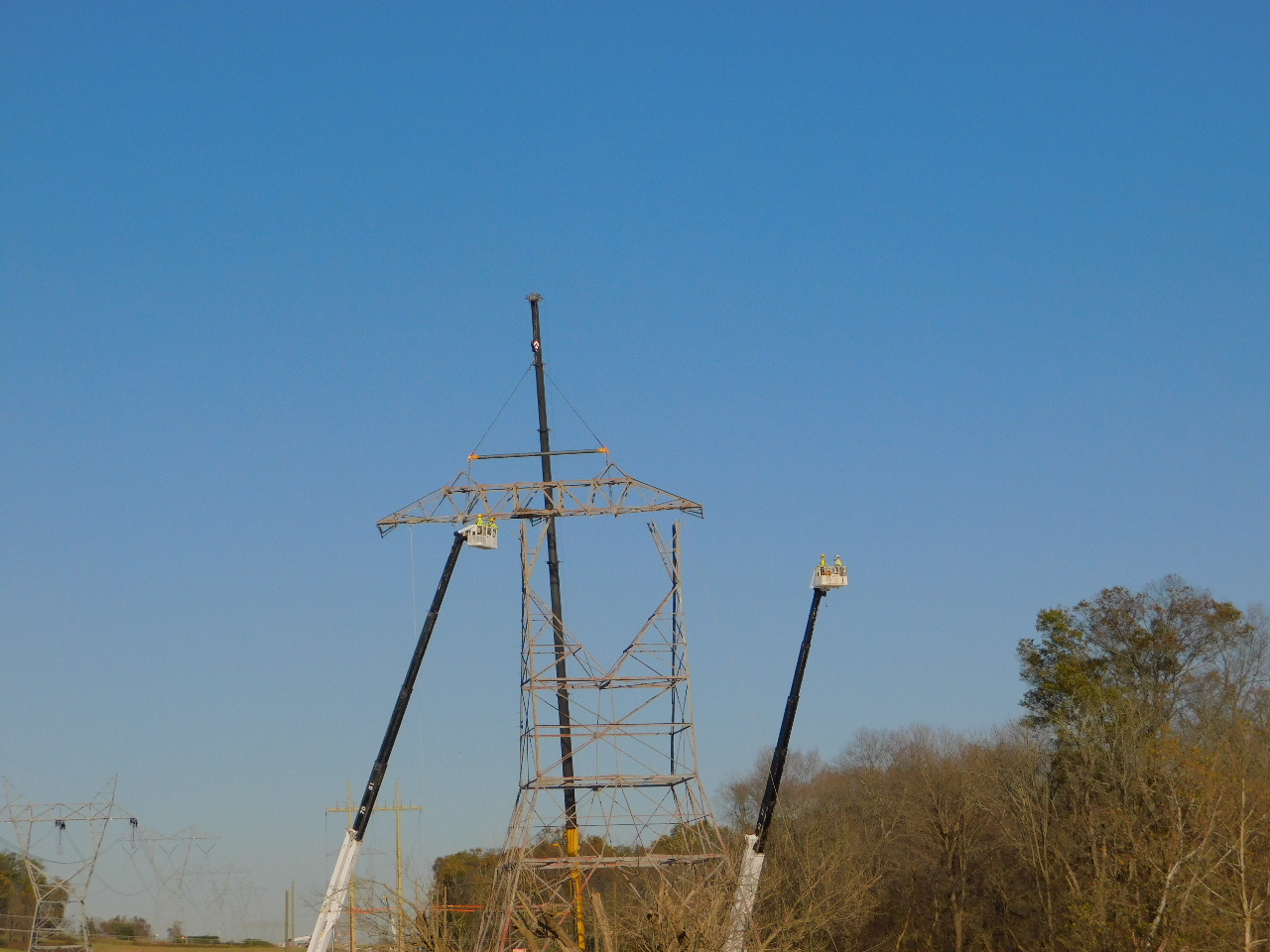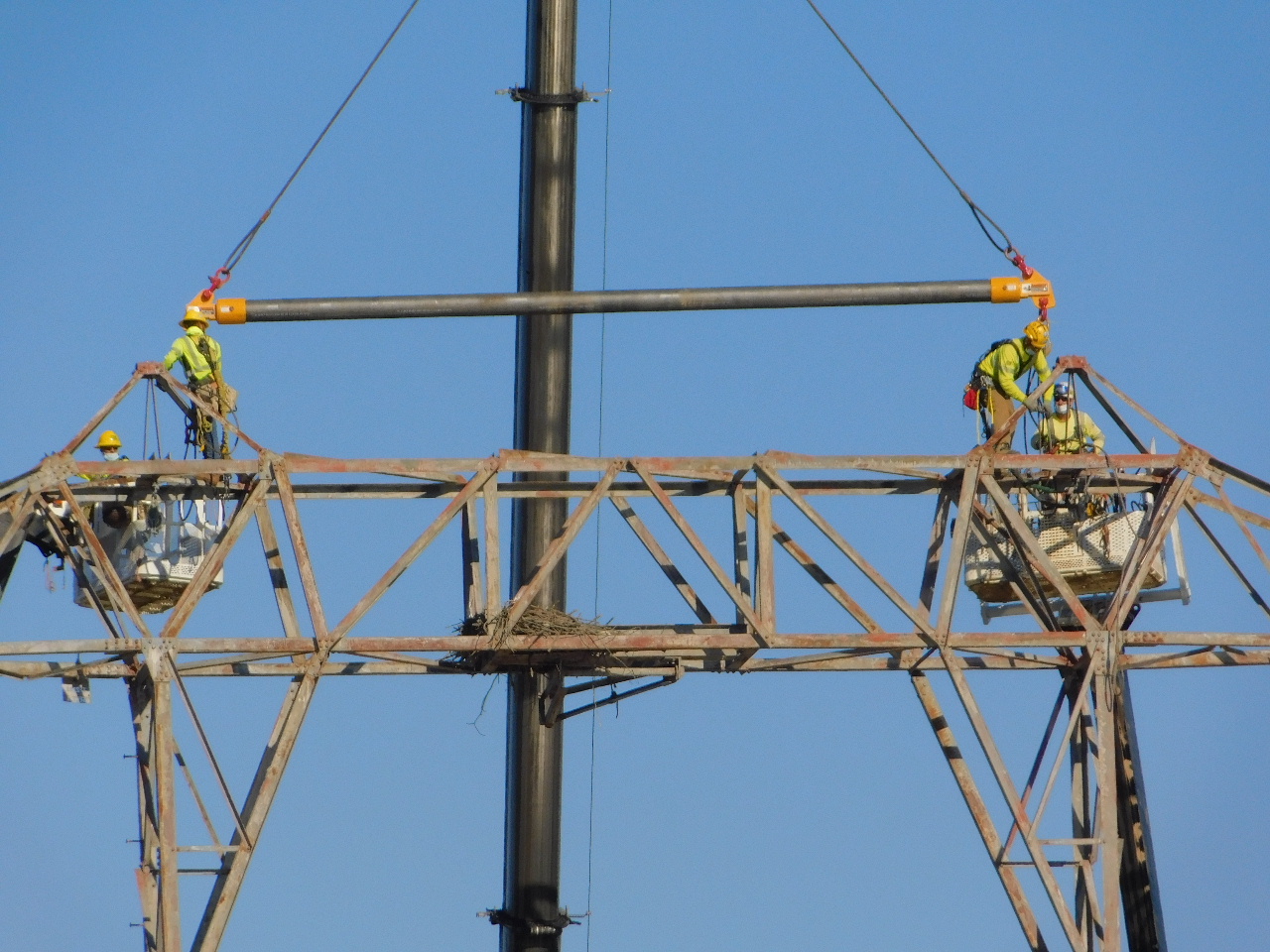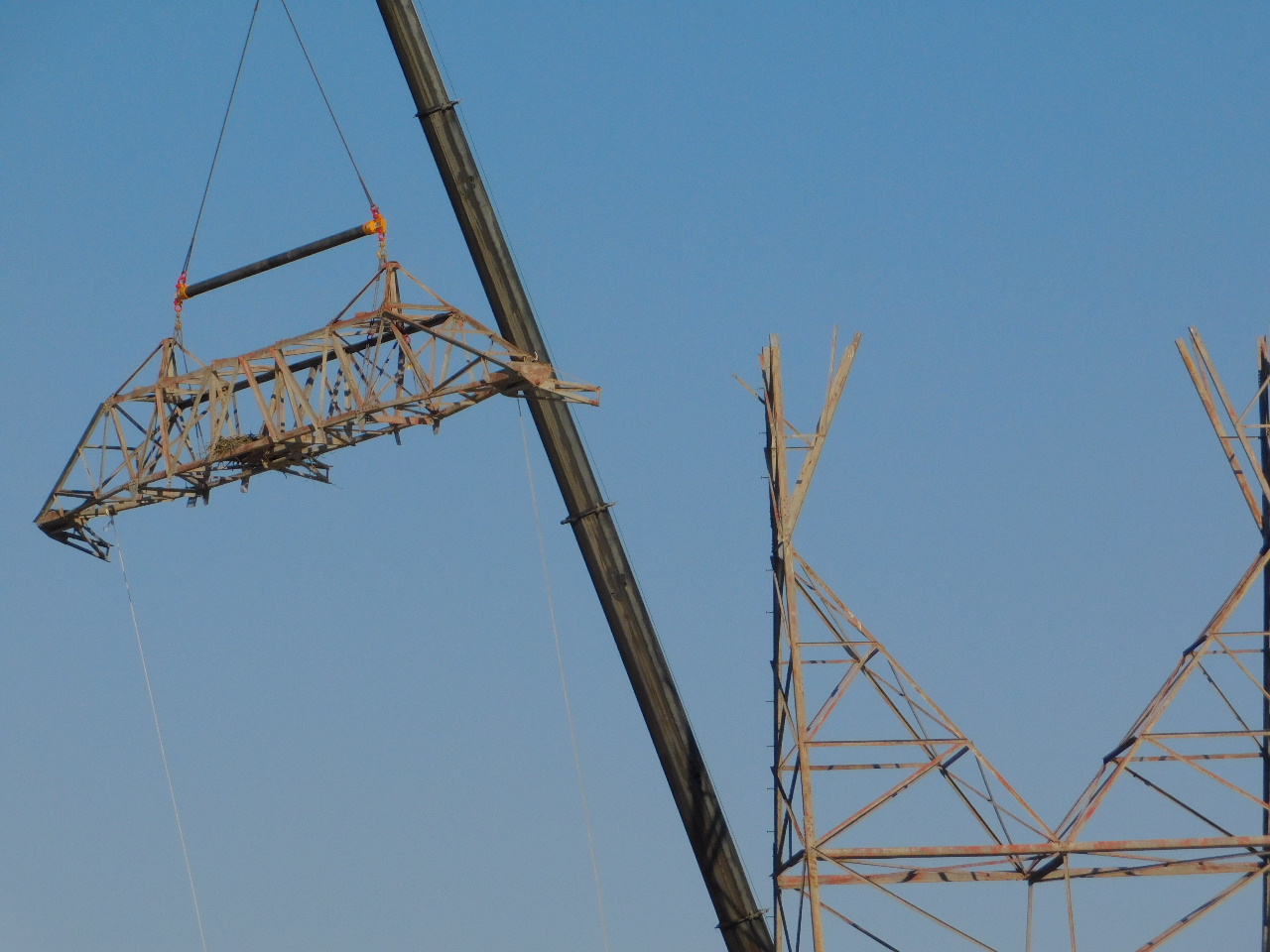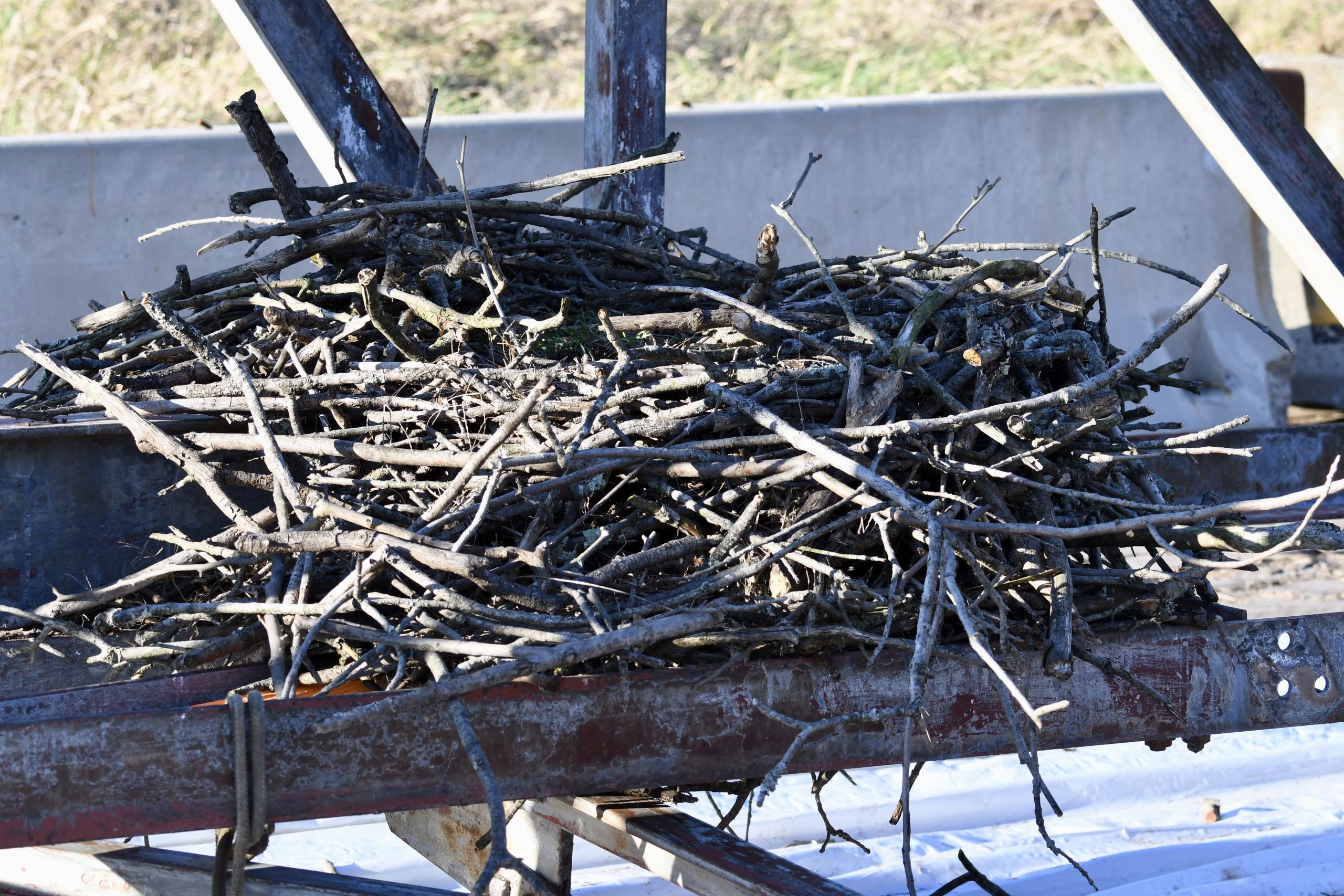“Dukes” Homecoming
by Barbara McKee, NJ Eagle Project volunteer
As a volunteer nest observer working for New Jersey’s Bald Eagle Project under the guidance of Kathy Clark and Larissa Smith, I watch and report on six nests in central and northern NJ. When the Duke Farms eagle cam first went online in 2008, I loved watching the adult pair and their nestlings whenever I was at home on my computer! Web cams give us an intimate look into the lives of eagles. By observing close up, so much can be learned about eagle behavior, and this nest was only five miles from my home in Hillsborough. These were my eagle neighbors! In May of 2019, during the annual banding of the two eaglets at the Duke Farms nest, the younger male (banded E/88), was outfitted with a satellite transmitter and became part of the research program “Eagle Trax” to discover where fledglings go when they leave the nest.
Duke first went online Sept 17, 2019, after he had left the nest area, beginning his journey to adulthood as an independent eagle. Although Duke has made short trips over to PA and even a couple times returned briefly to NJ, to his natal nest area, he spent most of his time in Maryland on the lower Susquehanna River and upper Chesapeake Bay.

“Duke” 11/24/20 @ Barb McKee
Then, early last November, I got an email from Kathy Clark. Duke had once again returned to NJ and was in Hillsborough, very close to our home on the Millstone River. I hustled right out with my scope and camera to see if I could spot him. If I was ever going to see Duke “in the wild” it would be now, with no foliage to block the views, while he was just a few miles away! As I searched the small patch of woods that corresponded to the last tracker location, I realized how challenging it would be to find this “eagle in the hay-stack”! Even with experience in spotting eagles, and having some ideas about the behavior of juveniles, where they might perch and what sorts of terrain they might be attracted to, actually seeing Duke would take a lot of patience and persistence, but most of all luck! To find him with good light in a spot where photos are possible, would take even more luck—what were the odds? Although through his transmitter he is being tracked, the data downloads only once every 24 hours, so I only knew where he had been, not where he was in real time!
I have been blessed to have seen Duke about a dozen times in the last eleven weeks. There have been many other times when I was probably looking right at him without seeing him and this is supported by the information from the tracker! A human playing “hide and seek” with an eagle is definitely at a visual disadvantage! I have learned that young eagles prefer wooded cover, small valleys with tiny streams where they might find a rodent or reptile. They tend to perch near water, not large rivers, but rather small creeks in narrow gorges or beside farm ponds. In winter, the best find for a hungry young eagle is a road-killed deer or other animal in a farm field that is fresh, but already immobile. A find like this keeps Duke perched and roosting close by until the food is consumed. I have seen many competitors for this precious winter commodity: vultures, other eagles, pesky crows, and at one site, even a coyote!

“Duke” perched in author’s backyard on Millstone River 11/25/21 @ Barb McKee
I also realized early on that Duke is just as likely to perch low and be almost invisible as he is to perch in a high tree top silhouetted against a light sky. Twice I flushed him off his perch because I was looking up not down. I learned that Duke has a favorite roosting spot where he has spent almost half of the nights he has been in central Jersey, but also discovered that he spent two nights within 100 yards of his natal nest in a small wooded area at Duke Farms!

“Duke” perched on Duke Farms property 1/5/21 @ Barb McKee
I have taken hundreds of photos of Duke. The light isn’t always the best, and Duke is usually quite far away, but my photos and videos have shown a healthy and thriving almost-two-year-old who has learned to hunt and to defend his prey! He has also learned to be patient and careful, and to wait his turn, most notably when “sharing” a meal with much larger and thus more assertive young female juveniles!
I have seen him scatter and chase the competition off his food on fields. I saw him try to “steal” something from a hawk in the air. I have seen him in flight, a sight I never tire of! I even saw him perched over the Millstone River in my own back yard, probably searching for fish! That was truly memorable!
Will Duke decide to stay here in central NJ? Will he eventually mate, build a nest, and have nestlings of his own here? I hope so! Evidence suggests that eagles do return to an area not that far from the area where they fledged and began the challenging journey from fledging to maturity. I hope to share Duke’s adventures for many years to come.

